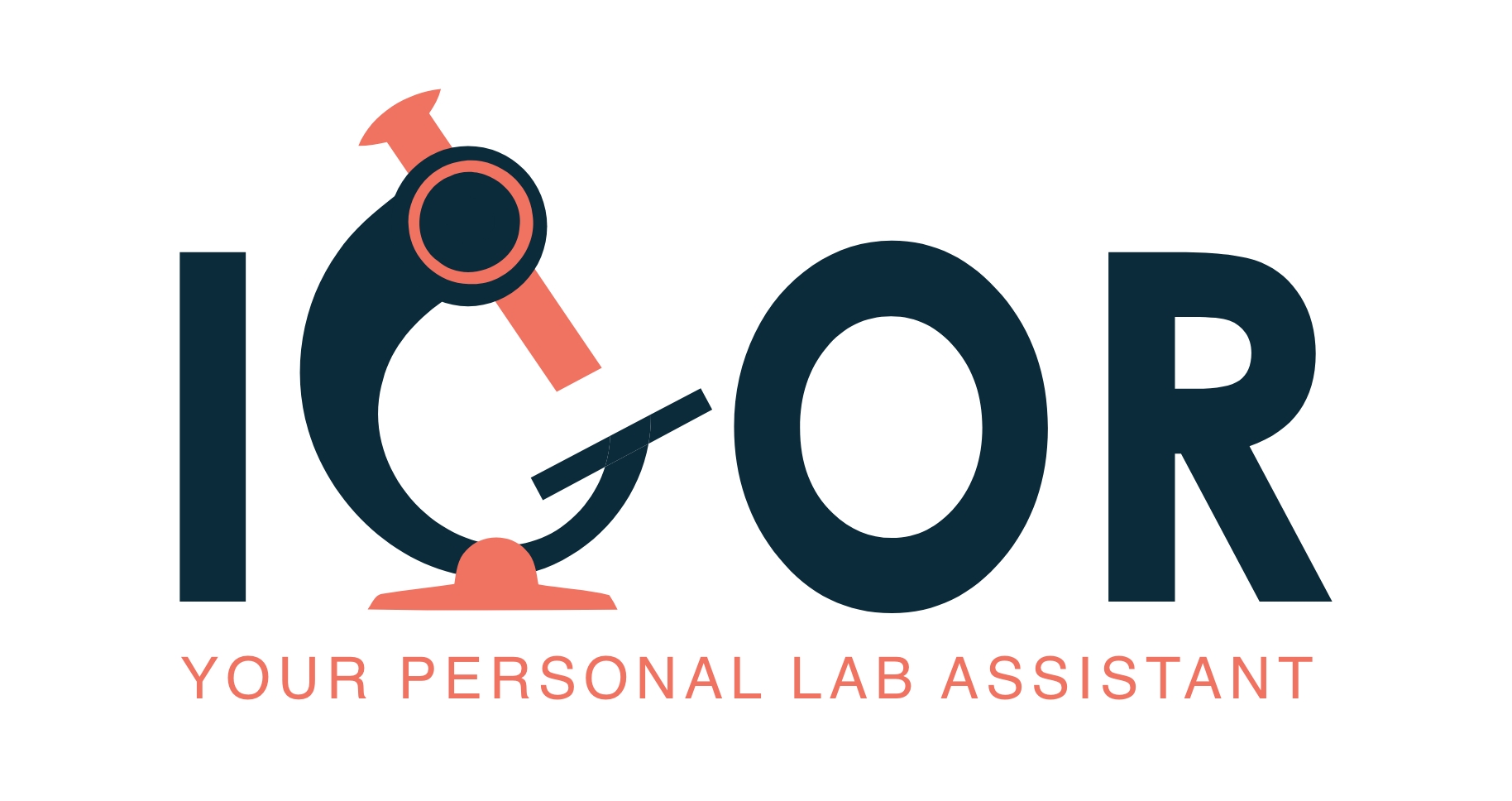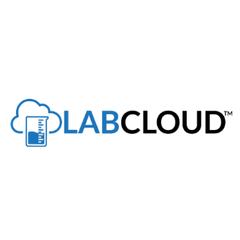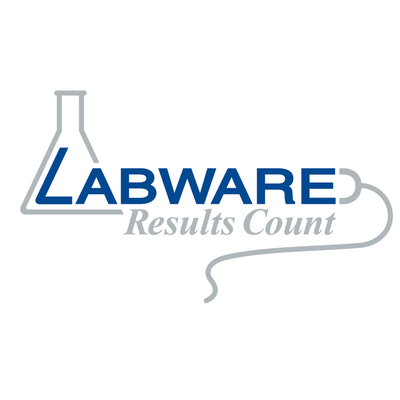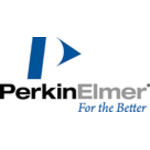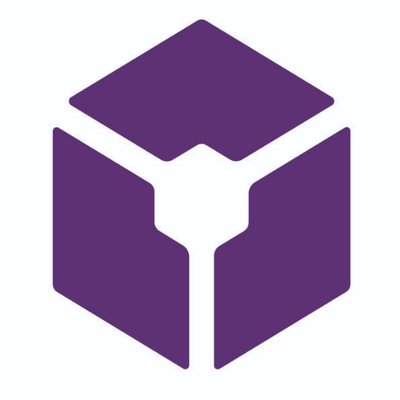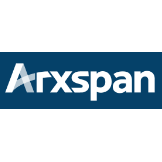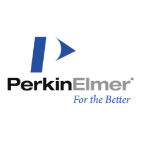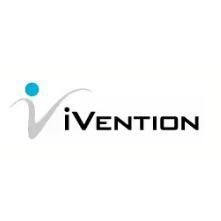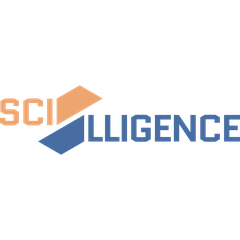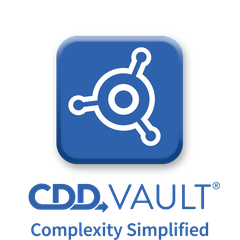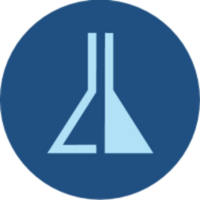
L7|ESP
L7|ESP is a transformative enterprise science platform designed to streamline data and process orchestration for life sciences organizations. It integrates essential applications—such as L7 LIMS and L7 MES—within a unified framework, allowing seamless connectivity between scientific workflows. By enabling real-time data contextualization and collaboration, L7|ESP enhances operational efficiency and accelerates drug development, ensuring organizations can effectively respond to evolving scientific demands. Its low-code interface and extensive connectivity options empower teams to automate tasks and gain valuable insights, ultimately driving innovation across research, diagnostics, and manufacturing processes.
Top L7|ESP Alternatives
IGOR
IGOR serves as a personal lab assistant for life sciences researchers, integrating an intuitive Electronic Lab Notebook with powerful LIMS functionalities.
LabCloud
LabCloud™ revolutionizes lab management for R&D organizations by integrating informatics, procurement, IT, and compliance into one seamless platform.
Uncountable
Designed for industry experts, this cloud-based platform transforms R&D by integrating seamless data management and analysis tools.
LabWare LIMS
LabWare LIMS offers a robust Software-as-a-Service solution tailored for testing laboratories across industries.
Synthace
For over 20 years, Synthace has empowered scientists to optimize their experimental processes through innovative software and expert guidance.
Signals Notebook
Signals Notebook features an intuitive user interface that mirrors personal apps, ensuring minimal training for users.
ELN for Research
It features advanced statistical analysis, graphing capabilities, and automated panel design, enhancing efficiency in research...
Arxspan
Its features include advanced search capabilities, in-line editing for various file types, and configurable user...
Arxspan Notebook
Designed for spatial biology, single-cell analysis, and biopharma applications, it offers robust features tailored to...
E-Notebook
Tailored for diverse research fields, it enhances collaboration through a streamlined workflow that safeguards intellectual...
Agilent SLIMS
With flexible installation options and a user-friendly interface, SLIMS simplifies the management of experiments and...
iVention Lab Execution System (iLES)
It combines the functionalities of LIMS, ELN, SDMS, and DMS, enabling real-time communication and secure...
Scilligence ELN
It features user-vetted experiment templates, advanced HELM support, and unique indexing capabilities for seamless data...
CDD Vault
It enhances real-time collaboration, safeguards intellectual property, and integrates seamlessly into diverse workflows, empowering teams...
Labii ELN & LIMS
Users can customize modules to suit specific workflows, ensuring a tailored approach to data documentation...
Top L7|ESP Features
- Unified data contextualization
- Multi-party workflow orchestration
- Low-code/no-code authoring tool
- Real-time data analytics
- Integration with legacy systems
- Enhanced data intelligence
- Automated task execution
- Comprehensive process management
- Knowledge Graph data modeling
- Seamless IT system integration
- Advanced bioinformatics capabilities
- Optimized workflow orchestration
- Collaborative research environment
- Digitalization of scientific processes
- Predictive intelligence generation
- Customizable data models
- Reduced legacy maintenance costs
- Enhanced decision-making insights
- Increased operational transparency
- Improved cross-functional collaboration
